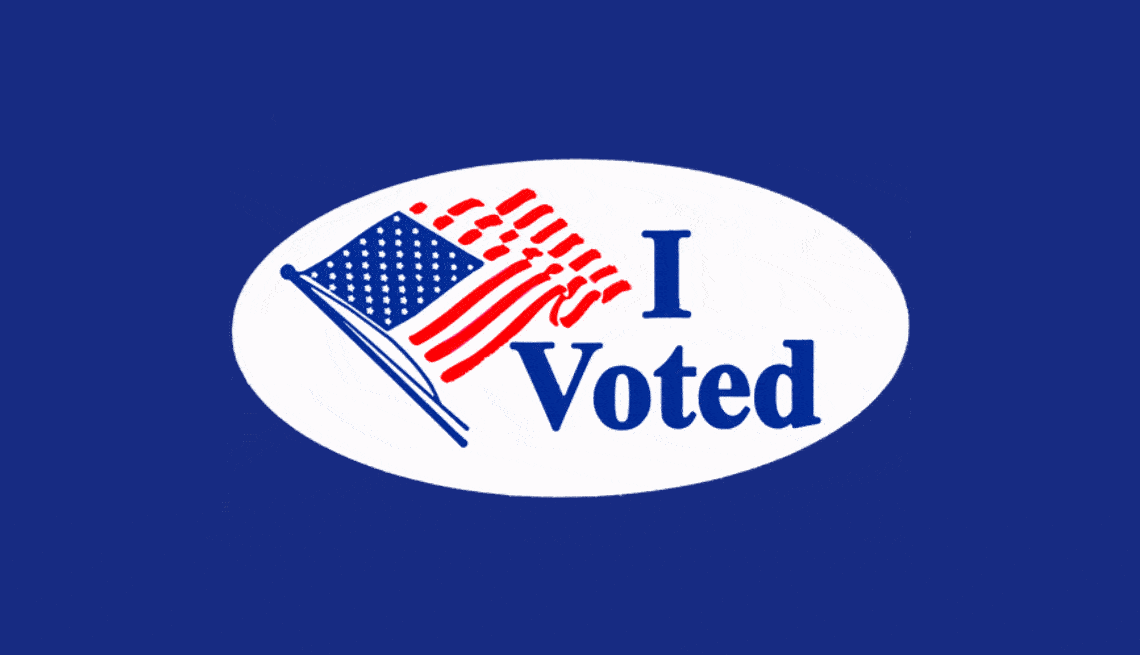Play all audios:
Over time, Boudreau transformed Intab’s existing three-product lineup, focused solely on absentee punch card voting, into a 1,000-product collection of important election supplies, ranging
from ballot boxes to security seals to voting booths. Little did she know, the hand-drawn “I Voted sticker” — one of the first five products Boudreau created — would go on to become a top
seller for all 28 years she ran the company. By 2000, Intab was selling more than 100 million “I Voted” stickers in every midterm and general election year, and distributed them to nearly,
if not all, 50 states, Boudreau says. SHOWING PRIDE IN CIVIC DUTY The exact history of America’s “I Voted” sticker is murky, but Boudreau’s version wasn’t the first. Similar stickers started
showing up in the early 1980s. One of the first mentions of a sticker that advertised voting can be found in a 1982_ Miami Herald_ article, which noted how small businesses in Fort
Lauderdale used the stickers to offer discounts to customers, _Time Magazine_ reported. Boudreau says she’d seen only one “I Voted” sticker before crafting her own. It was black-and-white,
with the words “I Voted” beside two boxes with a checkmark and an X. While she felt the idea was a good one, she thought the design was “hardly inspiring to get out the vote,” so she set out
to create a more patriotic version. “It wasn't a 24-hour news cycle back then, so you could easily miss Election Day … and if you missed Election Day, you could regret it,” Boudreau
says. The sticker “was really a get-out-the-vote product.” In 1988, Janet Boudreau's company Intab was hired as an independent party to program and tabulate votes for the county and
state level political caucuses in Washington. Courtesy Janet Boudreau For Boudreau, the sticker made a lot of sense from a business standpoint. It was an easy-to-make product that any
election official could buy, no matter their location or state voting system. And election officials are generally always on a mission to raise awareness about voting, so there was a mass
appeal. These days, voters have come to expect their polling place to offer “I Voted” stickers, says Conway Belangia, an election official in Greenville County, South Carolina. She
remembers a few years back when her county ran out, and an “uproar” ensued. “[It] adds value for the voter as a [symbol] of pride in having performed a civic duty,” Belangia says. For many
people, getting a sticker is a part of voting. “It feels like a tradition to me,” says Pennsylvania voter Judeth Hawkins, 73, who picks up a sticker every election, and often pastes it on
her calendar once she returns home. “It promotes a camaraderie between people who have voted,” she says.

